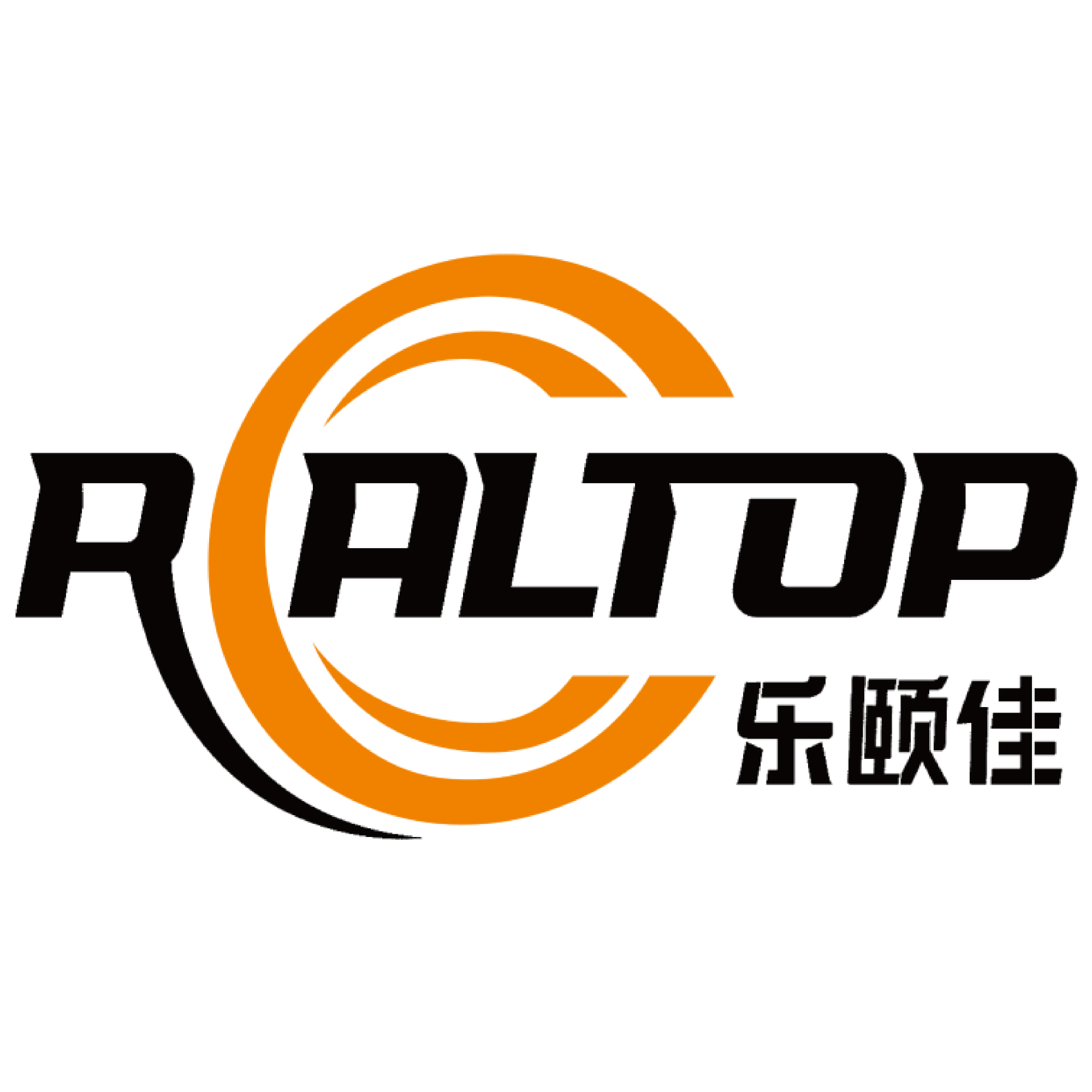Unmatched Precision in Textile Production
Computer-Guided Cutting Accuracy
The accuracy of computer guided cutting has really changed how textiles get produced these days. When manufacturers use computer numerical control or CNC tech, they can cut fabrics with incredible accuracy. These machines stick pretty much exactly to the digital patterns created on computers, which means there's far less waste compared to traditional methods where small errors would add up over time. Some systems even have real time monitoring that keeps checking the cuts as they happen, making tiny corrections automatically so nothing goes off track from what was planned. The benefits are clear for businesses too since better material usage translates into real money saved plus higher quality end products that customers notice right away.
Elimination of Human Measurement Errors
When it comes to textile cutting, automation has really helped cut down on those pesky human measurement mistakes that used to cause so many headaches in production lines. Back in the day, people had to measure everything manually, which naturally led to all sorts of inconsistencies that messed up the final products. But automated systems? They slash error rates quite dramatically. Some studies show error rates dropping by around 70% after implementing these systems. Manufacturers who've made the switch tell stories about how their operations transformed overnight. One factory owner mentioned they saw error counts drop from dozens per batch to just a couple here and there. This means better consistency across products and happier customers overall. For the textile business, getting serious about automation isn't just trendy it's practically essential for staying competitive in today's market where precision matters more than ever.
Consistency Across Production Batches
Keeping things consistent between production batches remains really important for textile manufacturers these days. When they use automated systems, fabric quality stays pretty much the same throughout all those different production runs. Manual methods just can't match this kind of consistency because people get tired and make mistakes sometimes. We've seen several real world examples where companies implemented better software solutions and saw massive improvements in their production standards. These programs let operators keep a close eye on everything happening on the factory floor while making necessary tweaks whenever needed. Whether producing small quantities or complex patterns, the end product maintains its quality level. Most manufacturers find that this kind of consistency helps build trust with customers who want reliable products every time they place an order.
Accelerated Manufacturing Timelines
High-Speed Cutting Capabilities
The introduction of high speed cutting technology marks a real game changer for textile manufacturing efficiency. Modern cutting machines can now slice through fabric at remarkable rates, some models reaching speeds above 10 meters per minute according to industry reports. The faster processing times have cut down on production delays across the board, with many factories reporting nearly doubled output in just a few months after upgrading equipment. Take one factory in particular that increased daily garment production from around 500 pieces to over 1,000 once they implemented these new cutting systems. Faster processing helps keep up with market demand while streamlining operations throughout the entire manufacturing process for textile producers looking to stay competitive.
Simultaneous Multi-Layer Processing
Multi-layer cutting technology is changing how textiles get made because it lets factories slice through several fabric layers all at once instead of one by one. Factories adopting this approach have seen their output jump dramatically in some cases, with reports showing production rates going up around 60% in certain operations. When companies can handle multiple layers together, they waste less material and finish jobs quicker, which means products reach customers faster. For manufacturers wanting to make the most of their resources, picking the right fabrics that work well together with this method makes a big difference. This leads to better bottom lines as companies save money on both materials and labor while still delivering quality products to market.
Reduced Lead Times for Bulk Orders
Bringing automation into textile manufacturing has really cut down on how long it takes to get bulk orders done, which is great news for factories and customers alike. Looking at what happens when lead times shrink shows just how much money can be saved too many companies report cutting their wait times by around 30% after switching systems. The folks who actually place these big orders seem pretty happy too most say they finish projects much quicker than before, so they can handle those last minute requests that always pop up. Traditional ways of doing things just cant keep up anymore automated systems make handling large volumes so much smoother while still keeping quality consistent across all those products coming off the line.
Optimized Material Utilization
AI-Powered Nesting Software Efficiency
AI nesting software has changed how fabrics get cut by making the most out of every piece of material. The software works behind the scenes with smart algorithms that figure out where each pattern should go on the fabric, which cuts down on wasted scraps. One real world example shows a textile manufacturer slashing their waste by around 30% once they started using these AI solutions for layout planning. As companies look for ways to save money while being greener, investing in such technology makes sense both economically and environmentally. Textile manufacturers who embrace these innovations find themselves ahead of the curve when it comes to reducing costs and meeting sustainability goals.
Minimized Fabric Waste Through Precision
The textile industry has seen major improvements in fabric waste thanks to precision cutting tech. Studies show that when companies switch to these methods, they cut down on wasted material significantly. Some manufacturers report saving around 25% on fabric expenses each year after implementing such systems. Take XYZ Fabrics for instance, which reduced its scrap pile by almost a third within six months of upgrading equipment. Beyond being good for the planet, this kind of efficiency translates directly to better profits for businesses willing to invest in smarter cutting solutions. Many shops are finding that what starts as an environmental initiative often becomes one of their most profitable operational changes over time.
Cost-Saving Pattern Arrangement Strategies
When textile producers arrange patterns strategically, they often find themselves saving money on materials. Smart planning of how patterns fit together lets factories get more out of each piece of fabric, which naturally cuts down what they spend on raw materials. Some industry reports show that when companies get serious about optimizing their pattern layouts, production costs drop around 20% on average. These kinds of savings make a real difference for bottom lines while also helping the environment since less wasted fabric means fewer resources going into production. For anyone running a textile business, fine tuning these pattern arrangement techniques isn't just about cutting corners it's actually about making smarter choices that pay off both financially and environmentally over time.
Multi-Material Handling Versatility
Delicate Fabric Compatibility
Working with delicate fabrics such as chiffon and silk demands special equipment if we want to avoid damaging them while maintaining precise results. Modern techniques let us handle these materials much better, giving clean cuts without any annoying fraying issues. Many textile designers I know have started using this kind of tech lately, and they really appreciate how gently it treats those expensive fabrics. One particular designer told me about how keeping the fabric intact was absolutely crucial for their latest project involving fine silks. These machines bring something new to the table for textile manufacturing, making it possible to produce higher quality items consistently across different fabric types.
Heavy-Duty Material Performance
Getting through tough stuff like denim and leather remains a real headache for manufacturers, though new tech is starting to get the hang of it. Machines today actually handle these tough fabrics pretty well, giving much cleaner edges and faster results compared to old school techniques. When we run performance tests on these thick textiles, the numbers show major progress over what was possible before. Older systems just couldn't keep up with the same level of thickness without creating all sorts of problems. The newer equipment doesn't just speed things up either it cuts with remarkable accuracy while putting less stress on the machinery itself. For anyone working with heavy duty materials, this means less wasted fabric and fewer headaches when dealing with those stubborn materials that used to tear or stretch during cutting processes.
Quick Adaptation Between Textile Types
Being able to switch between various fabrics quickly makes all the difference in busy manufacturing settings where time matters. Modern cutting equipment comes equipped with features that let operators make changes faster than ever before, cutting down on those frustrating setup periods when nothing gets done. According to industry reports, factories saving hours each week just by reducing downtime during transitions have become common stories across the sector. Factory managers tell similar tales about how much smoother operations run once their machines can handle multiple materials without major reconfiguration. One plant supervisor mentioned they cut fabric switching times in half after upgrading, allowing workers to focus on other tasks instead of waiting around for adjustments. The technology behind these improvements continues to evolve, making it possible for manufacturers to stay competitive while handling diverse product demands without compromising speed or quality.
Long-Term Operational Cost Savings
Reduced Labor Dependency
Bringing in automated fabric cutting machines cuts down on how much we rely on workers, which changes things pretty dramatically for textile factories. Looking at what actually happens when companies automate, they find themselves needing fewer people to do hands-on work. This means less money going out in wages while getting stuff done faster. Take a look at real world examples where these machines handle jobs that used to take several people working together. Factory managers suddenly have an easier time keeping track of who does what. Over the years, businesses notice their bottom line gets better because mistakes happen less often and production just keeps moving along without all those little hiccups that come from human error. The savings pile up month after month as operations run smoother than ever before.
Energy-Efficient Cutting Processes
Cutting processes that save energy are making a big difference in how much money textile manufacturers spend running their operations. Looking at what's happening with energy usage these days shows newer machines generally consume far less power than those old workhorses still on some factory floors. The savings add up over time, allowing companies to keep better control of their energy bills without sacrificing production quality. Take modern fabric cutters for instance they come packed with features designed specifically to cut down on wasted electricity while doing the job faster. Some factories report cutting their monthly power costs by nearly 30% after upgrading equipment. Going green isn't just good for the planet anymore it actually puts cash back in the pockets of smart business owners who make the switch to efficient systems.
Low-Maintenance Machine Architecture
Modern fabric cutting machines are built with maintenance headaches in mind. Unlike older models that required constant attention, today's designs feature simplified mechanical systems that cut down on repair bills. Factory floor workers often mention how these machines keep running longer between breakdowns, which means production lines stay active instead of grinding to a halt every time something goes wrong. Many textile manufacturers report that their operators appreciate the reliability factor most during peak seasons when even minor interruptions can cost thousands. The reduced need for regular servicing makes these cutting systems especially valuable in high-volume manufacturing settings where uptime is literally money on the table.
This low-maintenance approach is particularly beneficial for manufacturers looking to optimize their operational schedules and reduce unnecessary expenditures on upkeep.
When companies cut back on manual labor needs, save energy, and keep maintenance costs down, they create real money saving opportunities that last years in the textile sector. Getting serious about modern fabric cutting tech pays off in multiple ways. Productivity goes up, operations run smoother, and at the same time, factories actually grow sustainably because their day to day running costs shrink month after month. Many textile manufacturers have seen this firsthand recently. For instance, one factory manager told me how switching to laser cutting systems slashed their waste material by nearly half while still meeting all quality requirements for their premium fabrics.
Enhanced Workplace Safety Standards
Contactless Laser Cutting Technology
Bringing in contactless laser cutting tech has really boosted safety in the workplace by cutting down on accidents that come with old school cutting methods. The way it works? A focused light beam slices through fabrics without actually touching them, which means fewer injuries from mistakes made by operators or when machines go wrong. Industry stats show places that switched to this tech saw accident rates drop quite a bit, proving just how good it is at making things safer. Manufacturing pros point out that this represents a big step up for safety overall, creating much better working conditions for people in the textile industry. With laser cutting becoming more common these days, companies would do well to look at the safety angle right alongside all those other perks like precision and speed.
Automated Safety Protocols
More textile plants are now using automated safety measures to keep workers safe on the job. These tech-based systems watch for dangers, spot problems early, and take action when needed, all while giving immediate responses to cut down on risks. Factory accident reports show a big drop since these safety systems came into play, which proves they really work for better safety conditions. The automation fits what the industry requires for safety, complete with features that can shut machines off quickly and find hazards accurately. This means operations run smoothly without putting staff at risk. Factories that go this route meet tough safety regulations and create workplaces where people feel safer and things get done faster too.
Ergonomic Operator Workstations
The way operator workstations are designed has a real effect on health, productivity levels, and workplace safety across textile manufacturing facilities. Good ergonomic design helps cut down on physical strain and discomfort for workers throughout their shifts, creating better conditions overall. Studies show workers report higher job satisfaction and fewer injuries when they operate at properly designed stations, which makes sense given how much time textile workers spend at their posts daily. Real world examples from several factories demonstrate tangible gains both in terms of production output and employee well being once proper ergonomics become part of workstation planning. When manufacturers actually implement these thoughtful designs, they protect their most valuable asset (the people) while also seeing measurable improvements in day to day operations.
 EN
EN
 AR
AR
 FR
FR
 DE
DE
 IT
IT
 KO
KO
 PT
PT
 RU
RU
 ES
ES



